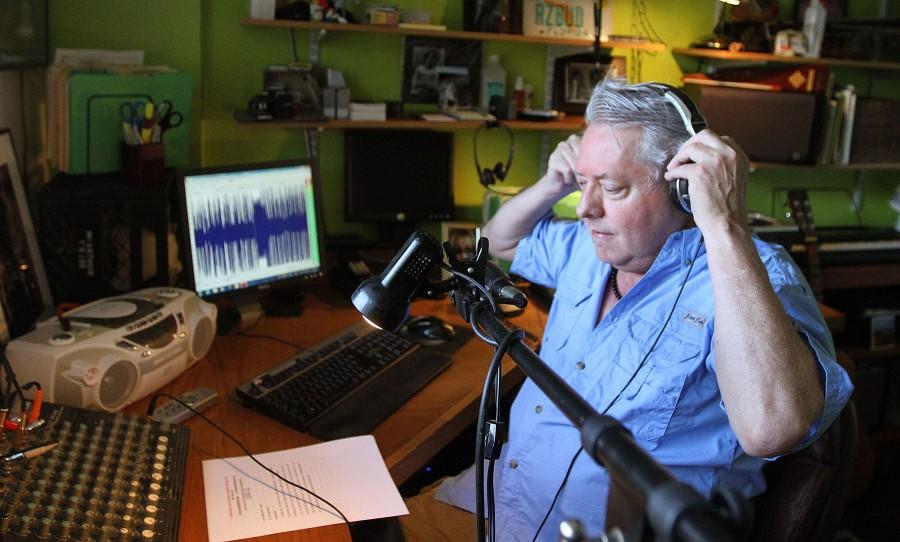The average American will watch upwards of five hours of TV every day. That means that, on average, we spend 1,825 hours, or 76.04 days, over the course of a year in front of a television.
Today, the typical American will live to be around 78 years old, meaning that during our lifetime we will watch approximately 6,000 days, or 16.25 YEARS of the small screen. Given that a third of the average hour of TV is commercials, we can expect to watch 5.4 YEARS of ads throughout our lifetime. To put it plainly, we cannot escape commercials.
Traditionally, many of the ads we see use unknown actors to keep the consumer’s focus on the product being sold instead of the one selling it. When celebrities are employed as spokespeople for a product or company, they are in front of the camera, using their likeness and popularity to draw attention for the company. However, in the last few years a swiftly growing trend in the advertising world has reared its ugly head and businesses selling anything from insurance to yogurt are steering away from the accepted commercial model to something much more sneaky.
Celebrities have never been strangers to shilling a product in exchange for a quick paycheck. Actors like Mila Kunis, Samuel L. Jackson, and Matthew McConaughey look into the camera and make us want to drink Jim Beam, sign up for a Capital One card, or drive a Lincoln. It seems though that these endorsements are just the tip of today’s advertising iceberg as a new way of communicating with consumers one might call the “Disembodied Star,” is quickly filling up the rest of the air time.
With their names and likenesses omitted, only the Disembodied Star’s familiar voice is left in the commercial. Fortune 500 companies on down the line have found a way to avoid the ham-handed, “buy this because Celebrity X says” approach and subliminally snake their way into your subconscious through the use of voiceover.
For the stars, voiceover ad work is low-hanging fruit; easy work for quite the payday (upwards of seven figures for some A-listers according to Forbes). For the advertising fat cats on Madison Avenue, it’s a way to tap into the nation’s befuddling celebrity addiction and associate with the glitz of Hollywood.
Acting in or voicing commercials used to be a sign of desperation in Tinseltown, but since the advent of the animated film in the last 25 years, celebrities have become more comfortable lending their voices to a variety of projects without fear of being labeled a sellout. Today they pitch companies such as AT&T (Steve Carell), Mazda (Aaron Paul), Southwest Airlines (Rashida Jones) and even that carbonated sadness Coors Light (Bryan Cranston).
This new acceptance of celebrities sneakily hawking every product on the globe has had severe, lasting consequences for the little guy: the professional voice-over actor. With more companies choosing to align with a sexy, known voice, the 25,000 or so voice actors furiously clambering over one another for a foothold in the advertising world have, for the most part, been tossed into the drain ditch.
It seems our country’s dangerous obsession with fame will only continue to flourish through every commercial break, whether we’re consciously aware of it or not.

